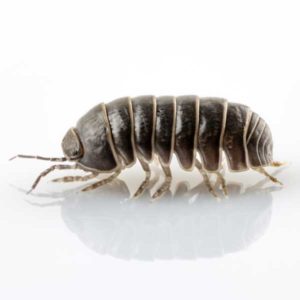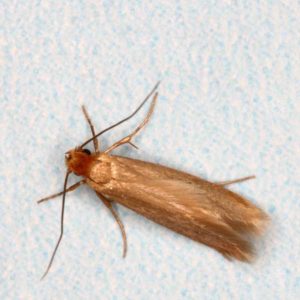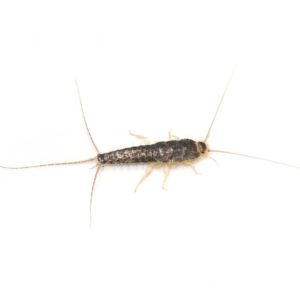Earwigs in North Jersey
There was a 19th century superstition that earwigs crawled into peoples’ ears while they slept to bore into the brain — and that’s where their name comes from. Don’t worry, it’s not true. Unless you’re a small insect, earwigs are harmless. Earwigs much prefer moist, dark places for daytime hiding, and at night, the primarily nocturnal earwig goes on the prowl to feed on a variety of insects and plants. Although they’re more common in the southern and southwestern United States, you’ve probably seen them here in New Jersey.
Earwig Habitat
Earwigs spend much of their day in hiding in places like under logs, rocks, boards, or weed patches. You may find them turning over stones or in cool shaded areas. Outside your home, they seek moisture-rich environments such as cracks near swimming pools, flower bed mulch, potted plants, and leaf litter. Earwigs may seek refuge in homes when temperatures outside are extremely hot or cold. Inside the home, they enjoy the flaps of cardboard boxes as well as kitchens and bathrooms.
Earwig Behaviors, Threats, or Dangers
Earwigs’ diet consists of leaves, flowers, fruits, fungi, as well as insects like aphids and flies that they can capture with their pincer-like cerci. Earwigs don’t bite people or spread disease, but they can pinch. This can hurt but is unlikely to break the skin. In gardens, earwigs will chew unsightly holes in leaves and flower blossoms. They will enter homes through siding and foundation gaps and cracks. They can also gain access when homeowners transfer items like potted plants, firewood, or cardboard boxes from outside to inside the home. Earwig season is mostly the spring and summer. In the winter, they hibernate.
If you are dealing with excess earwigs on your property, call our residential pest control experts today!





